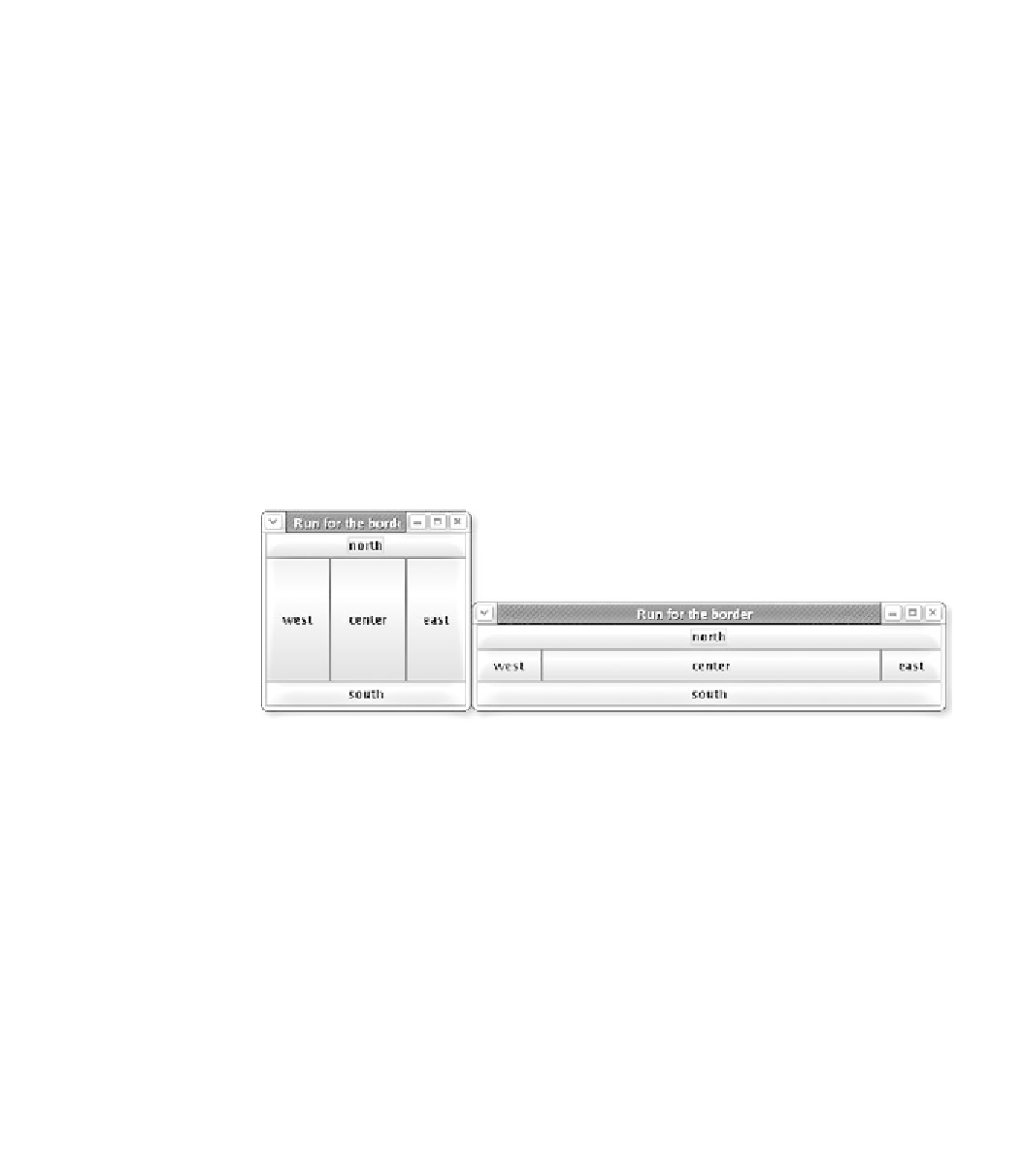
When it reaches the edge of the container it will breakįorm hi = new Form("Flow Layout", new FlowLayout()) In a row one after another based on their preferred size. It also exerts some control over the alignment of items when they overflow the line.FlowLayout is the default layout manager for Codename One Containers and Forms.
#MAKE FLOWLAYOUT BUT FILL VERTICALLY FREE#
It helps distribute extra free space leftover when either all the flex items on a line are inflexible, or are flexible but have reached their maximum size. This defines the alignment along the main axis. The cross size property is whichever of ‘width’ or ‘height’ that is in the cross dimension.

If “regular” layout is based on both block and inline flow directions, the flex layout is based on “flex-flow directions”. Some of them are meant to be set on the container (parent element, known as “flex container”) whereas the others are meant to be set on the children (said “flex items”). Since flexbox is a whole module and not a single property, it involves a lot of things including its whole set of properties. Note: Flexbox layout is most appropriate to the components of an application, and small-scale layouts, while the Grid layout is intended for larger scale layouts.

While those work well for pages, they lack flexibility (no pun intended) to support large or complex applications (especially when it comes to orientation changing, resizing, stretching, shrinking, etc.). Most importantly, the flexbox layout is direction-agnostic as opposed to the regular layouts (block which is vertically-based and inline which is horizontally-based). A flex container expands items to fill available free space or shrinks them to prevent overflow.

The main idea behind the flex layout is to give the container the ability to alter its items’ width/height (and order) to best fill the available space (mostly to accommodate to all kind of display devices and screen sizes).

The Flexbox Layout (Flexible Box) module ( a W3C Candidate Recommendation as of October 2017) aims at providing a more efficient way to lay out, align and distribute space among items in a container, even when their size is unknown and/or dynamic (thus the word “flex”).


 0 kommentar(er)
0 kommentar(er)
